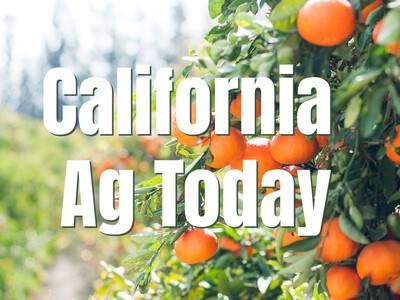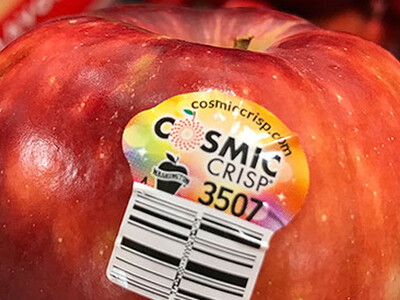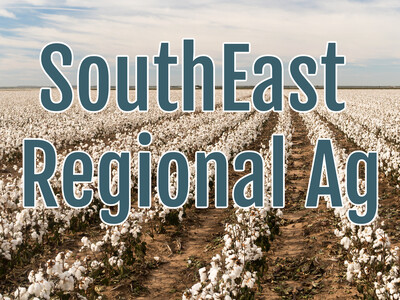Understanding Sugar
The sugar beet is in the top six or seven crops for the state of Idaho in terms of its value when it leaves the farm. That statistic from Laura Johnson, bureau chief for the Idaho State Department of Agriculture’s market development division. Sugar processing accounts for about 2.5 percent of all manufacturing jobs in Idaho, according to Idaho Department of Labor statistics. So a better understanding of the complex global sugar markets would seem very relevant to all of us in the sugar business in Idaho.In the world of agricultural commodity markets, supply and demand forecasts and estimates, many in the know would say perhaps the most difficult to get a handle on from both a policy and market perspective is sugar. Philip Hayes of the American Sugar Alliance says that's due in part to across the board subsidizing of the commodity by just about every major sugar producing nation in the world. One resource recently published to assist in understanding the complexities of the sugar market.
“Texas Tech University looked at the largest sugar producing countries around the globe and really explained how each one of them subsidizes their sugar production.”
And Hayes explains how and where he sees this report being best utilized for both comprehension and practical standpoint. “We think this is a pretty handy guide for our trade negotiators and also for our policymakers.” Especially in negotiating reduction or elimination of areas like tariffs, domestic price supports and even subsidies for sugar as an ethanol feedstock.













